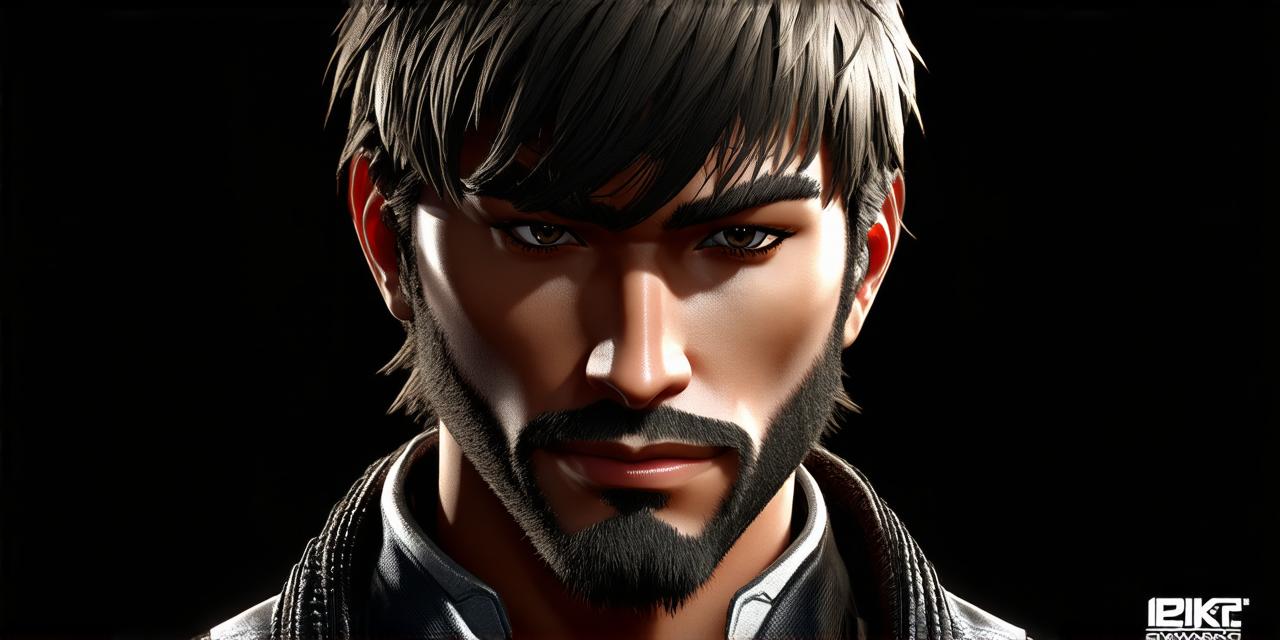

Character Modeling: The Foundation of Your Character
The first step in developing a compelling 3D character is to create a solid model. There are various software options available for character modeling, such as Blender, Maya, and 3DS Max. However, Unity has built-in tools that make it easy to create 3D models.
To begin with, you need to decide on the type of character you want to create. Is it a humanoid character, an animal, or something else entirely? Once you have a clear idea of your character’s appearance and personality, you can start building the model.
Start by creating the basic shape of your character, using Unity’s mesh tools. You can then add details such as facial features, clothing, and accessories. It’s important to pay attention to proportions and anatomy to ensure that your character looks realistic and balanced.
Animation: Bringing Your Character to Life
Once you have a solid model, the next step is to animate it. Animation can be a time-consuming process, but with Unity’s animation tools, it doesn’t have to be.
To start with, you need to decide on the actions your character will perform. Will it walk, run, jump, or perform other actions? Once you have a clear idea of your character’s movements, you can start animating it using Unity’s animation tools.
Unity’s animation tools include various types of animations such as keyframe animation, state machines, and motion capture. Keyframe animation involves creating a series of poses for your character and then animating it by interpolating between those poses. State machines are used to control more complex animations such as character transitions. Motion capture is a technique that allows you to animate your character based on real-life movements.
Texturing: Giving Your Character Personality
Once you have animated your character, the next step is to add textures to give it personality and depth. Textures can be used to add details such as skin texture, clothing patterns, and accessories.
There are various software options available for creating textures, such as Photoshop and Substance Painter. However, Unity also has built-in tools for creating and applying textures.
To create textures for your character, start by deciding on the type of texture you want to add. For example, if you want to add skin texture, you’ll need to create a texture that mimics the appearance of human skin. If you want to add clothing patterns, you’ll need to create a texture that mimics the design of the clothes your character is wearing.
Once you have created the texture, you can apply it to your character using Unity’s texture tools. It’s important to pay attention to the placement and scale of the texture to ensure that it looks realistic and integrated into the character model.
Case Study: Creating a Compelling Character for a Video Game
Let’s take a look at an example of how to create a compelling 3D character for a video game using Unity.
Suppose you’re working on a role-playing game set in a fantasy world, and you need to create a character that players will be able to control throughout the game. The character is a humanoid warrior with armor and a sword.
To begin, you would use Unity’s mesh tools to create the basic shape of the character, paying attention to proportions and anatomy to ensure that it looks realistic.
You would then add details such as facial features, clothing, and accessories using 3D modeling software such as Blender or Maya.
Next, you would use Unity’s animation tools to create animations for the character’s actions, such as walking, running, attacking, and defending. You might use keyframe animation to create smooth, fluid movements, or motion capture to create more realistic, dynamic movements based on real-life human movements.
Finally, you would use Unity’s texture tools to add textures to the character, such as skin texture, armor texture, and clothing patterns. You might also use special effects such as shading and lighting to make the character look more realistic and three-dimensional.
FAQs
1. What software should I use for creating 3D characters for Unity?
Unity has built-in tools for creating 3D models, but you can also use software such as Blender, Maya, and 3DS Max.
2. How do I animate my character in Unity?
Unity’s animation tools include various types of animations such as keyframe animation, state machines, and motion capture.
3. What are the best practices for creating textures for my character in Unity?
Best practices for creating textures include deciding on the type of texture you want to add, using UV mapping, and adjusting various parameters such as shininess and transparency.
4. How can I create a realistic-looking character in Unity?
To create a realistic-looking character in Unity, pay attention to proportions and anatomy, use textures to add details and personality, and animate your character realistically.
5. What is the development process for creating compelling 3D characters for Unity games?
The development process for creating compelling 3D characters for Unity games involves character modeling, animation, and texturing. Best practices include using software such as Blender and Unity’s built-in tools, animating your character realistically, and adding textures to give your character personality.
Conclusion
Creating compelling 3D characters is essential for bringing your games to life. By following best practices in character modeling, animation, and texturing, you can create a character that looks realistic, animated, and has personality. With Unity’s built-in tools and software options, creating 3D characters has never been easier.

